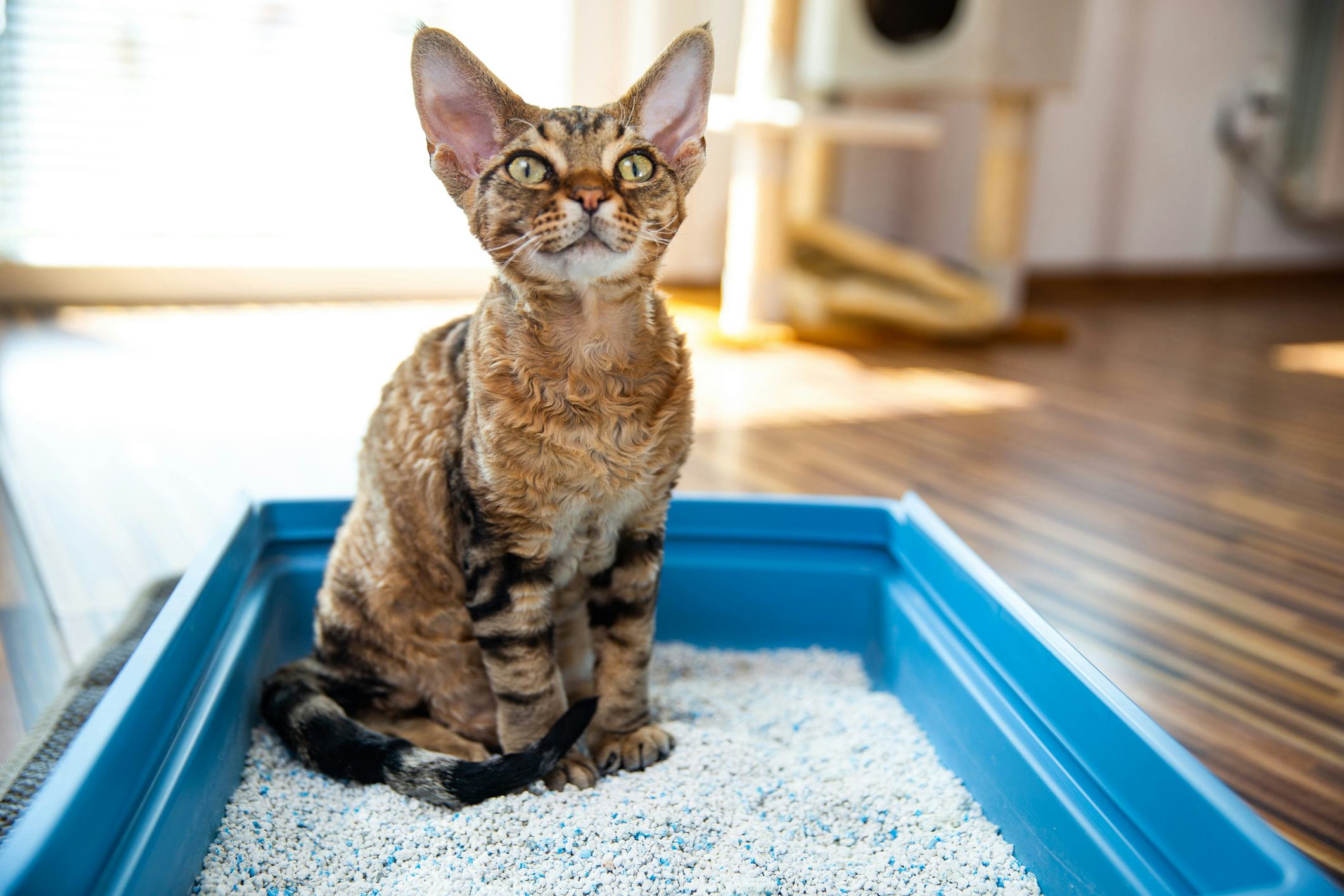My Perils of Animal Waste in the Toilet
My Perils of Animal Waste in the Toilet
Blog Article
We have stumbled on this article involving Should you flush animal waste down the toilet directly below on the net and accepted it made sense to share it with you on this page.

When it comes to taking care of waste, particularly animal waste, many people commonly consider the practical alternative of flushing it down the toilet. Nevertheless, this apparently very easy solution can have major effects for the environment and public health. In this post, we'll check out why flushing pet waste down the bathroom is a poor concept and give different techniques for correct disposal.
Introduction
Appropriate garbage disposal is crucial for preserving environmental sustainability and public health. While it might seem harmless to purge animal waste down the commode, it can bring about numerous problems, both for the atmosphere and human well-being.
Dangers of flushing pet waste
Ecological impact
Purging animal waste introduces harmful microorganisms and microorganisms right into waterways, which can negatively affect aquatic ecological communities. These microorganisms can infect water sources and injury marine life, interfering with delicate ecosystems.
Public health worries
Pet waste includes dangerous bacteria such as E. coli and Salmonella, which can position significant health risks to people. Purging animal waste down the bathroom can pollute water products, bring about the spread of diseases and infections.
Alternatives to flushing
Instead of purging pet waste down the toilet, there are several different disposal approaches that are extra eco-friendly and hygienic.
Composting
Composting animal waste is an eco-friendly means to throw away it. By composting, organic matter is broken down right into nutrient-rich dirt, which can be used to feed gardens and plants.
Landfill disposal
Disposing of pet waste in a landfill is one more option. While not as environmentally friendly as composting, it is a more secure option to flushing, as it protects against the contamination of water sources.
Family pet waste disposal systems
There are customized pet waste disposal systems readily available that securely and hygienically get rid of pet waste. These systems often use enzymes to break down waste and get rid of odors.
Actions to appropriate pet garbage disposal
To make sure proper disposal of animal waste, adhere to these actions:
Scooping and bagging waste
Frequently scoop and bag animal waste utilizing eco-friendly bags. This prevents waste from contaminating the environment.
Using designated waste bins
Dispose of bagged animal waste in marked waste containers, such as garden compost bins or landfill bins. Stay clear of flushing it down the commode in any way expenses.
Cleaning can and pet dog areas routinely
Routinely tidy can and animal locations to avoid the buildup of waste and microorganisms. Usage pet-safe cleaning items to keep hygiene.
Advantages of appropriate disposal methods
Embracing proper disposal techniques for animal waste uses several advantages:
Reduced environmental pollution
Correct disposal techniques lower the risk of environmental pollution, shielding waterways and ecological communities from contamination
Minimized danger of water contamination.
By staying clear of flushing animal waste down the bathroom, the threat of click here water contamination is significantly decreased, securing public health.
Improved cleanliness and hygiene
Appropriate disposal approaches advertise far better sanitation and hygiene, creating a safer environment for both humans and pets.
Final thought
Finally, purging pet waste down the bathroom is damaging to the atmosphere and public health. By embracing alternate disposal methods and following proper waste monitoring practices, we can decrease the unfavorable effect of animal waste and add to a cleaner, much healthier planet.
What To Do With Dog Poo – The Do's And Don'ts Of Disposing Of Faeces
Dog poo bins
Some councils provide dedicated dog waste bins in popular dog-walking areas that can take dog poo that has been bagged but you can legally dispose of dog waste in any public litter bin, as long as it is securely bagged. This also applies to your wheelie bin at home.
Do not flush
Water companies do not recommend flushing dog faeces down the toilet because certain parasites can survive the water processing treatment and are potentially harmful to humans. You should also never consider flushing dog poo that has been bagged down the toilet as the bags will not break down and instead create severe blockages in the sewage system.
In the woods
The Forestry Commission promotes a ‘stick and flick’ method for dealing with waste in the woods. This means finding a stick and using it to flick any poo from off the path so that it is out of the way of other walkers. You could also bury it as long as it is not in an area where there might be livestock.
Livestock
Parasites found in dog poo can be transmitted to livestock if they inadvertently eat infected faeces that has been left on grazing land. This could result in the death of sheep or abortion in cattle so you should always make sure you pick up your dog’s waste in fields where livestock could be present.

Routinely tidy can and animal locations to avoid the buildup of waste and microorganisms. Usage pet-safe cleaning items to keep hygiene.
Advantages of appropriate disposal methods
Embracing proper disposal techniques for animal waste uses several advantages:
Reduced environmental pollution
Correct disposal techniques lower the risk of environmental pollution, shielding waterways and ecological communities from contamination
Minimized danger of water contamination.
By staying clear of flushing animal waste down the bathroom, the threat of click here water contamination is significantly decreased, securing public health.
Improved cleanliness and hygiene
Appropriate disposal approaches advertise far better sanitation and hygiene, creating a safer environment for both humans and pets.
Final thought
Finally, purging pet waste down the bathroom is damaging to the atmosphere and public health. By embracing alternate disposal methods and following proper waste monitoring practices, we can decrease the unfavorable effect of animal waste and add to a cleaner, much healthier planet.
What To Do With Dog Poo – The Do's And Don'ts Of Disposing Of Faeces
Dog poo bins
Some councils provide dedicated dog waste bins in popular dog-walking areas that can take dog poo that has been bagged but you can legally dispose of dog waste in any public litter bin, as long as it is securely bagged. This also applies to your wheelie bin at home.
Do not flush
Water companies do not recommend flushing dog faeces down the toilet because certain parasites can survive the water processing treatment and are potentially harmful to humans. You should also never consider flushing dog poo that has been bagged down the toilet as the bags will not break down and instead create severe blockages in the sewage system.
In the woods
The Forestry Commission promotes a ‘stick and flick’ method for dealing with waste in the woods. This means finding a stick and using it to flick any poo from off the path so that it is out of the way of other walkers. You could also bury it as long as it is not in an area where there might be livestock.
Livestock
Parasites found in dog poo can be transmitted to livestock if they inadvertently eat infected faeces that has been left on grazing land. This could result in the death of sheep or abortion in cattle so you should always make sure you pick up your dog’s waste in fields where livestock could be present.

We were shown that report on 10 Things You Should Never Flush Down The Toilet from a friend on another web property. Be sure to take the time to share this blog posting if you enjoyed it. Thanks for your time invested reading it.
Book Maintenance Report this page